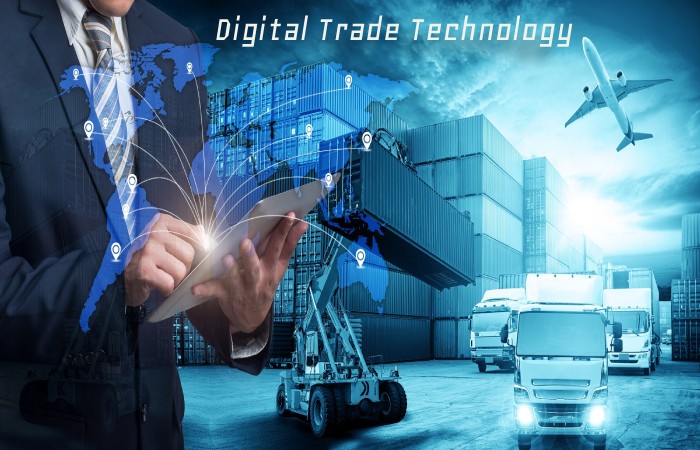Table of Contents
The Impact of Digitalization on Trade
The digital trade transformation has lowered the cost of participating in international trade, making it easier to coordinate global value chains (GVCs), contributed to the diffusion of ideas and technologies, and connected a greater number of companies and consumers worldwide.
But also to ensure that the opportunities and benefits of digital trade are inclusive can be share.
You Can Read This Article Too: 6 Reasons You Should Consider a Business Development Career
What is Digital Trade?
While there is no single recognized and accepted definition of digital trade, there is a growing consensus that it encompasses digitally assisted commercial transactions of goods and services delivered digitally or physically and involves consumers, businesses, and governments.
That is, while all forms of digital trade are possible by digital technologies, not all digital trade is digital.
Digital trade also includes, for example, the trading of goods and services that are digitally enabled but physically delivered, such as buying a book via an online marketplace or reserving an apartment stay via a matchmaking app.
The foundation of digital trade is the movement of data.
It also supports physical trading less directly by enabling the implementation of trading facilities.
How is Digitization Changing Retail?
Digitization increases the volume, scope, and speed of trade. It enables companies to offer new products and services to a more significant number of digitally connected customers worldwide.
In addition, companies, especially smaller ones, can use new and innovative digital tools to overcome barriers to growth, facilitate payments, enable collaboration, avoid investments in property, plant, and equipment through cloud-based services and use alternative financing mechanisms such as fundraising.
Digitization is also changing the exchange of goods. The growth of online platforms, for example, has results in more and more small packages been selling across international borders.
You Can Read This Article Too: Agricultural Trade – All You Need for Agriculture Market
New Technologies and Business models in Digital Trade

At the same time, new technologies and business models are changing the way services are produced and rendered, blurring the already gray boundaries between goods and services and modes of rendering, and introducing new combinations of goods and services.
A smart refrigerator needs market access not only for good but also for integrated service. And an item produced using 3D printing, for example, can cross a limit as a design service but becomes good at the time of consumption.
Together, these questions pose new challenges for the development of international trade and investment policy.
Rapid technological advances are also facilitating the growth of services in international cross-border trade.
Information and communication technology services form the backbone of digital trade, provide the necessary network infrastructure and support the digitization of other benefits.
Old Trade Problems Can Have New Consequences
In the world of digitization, old trade problems can have new consequences, such as the effects of cumbersome border procedures on parcel trade or restrictions on new marketable services.
This creates a range of issues for policymakers, from the physical management of parcel trading to the impact on risk management to tax and duty collection on the income.
You Can Read This Article Too: Why Are Free Markets Important? Information on Trade.
What Can Legislators do to Help Companies Operate Globally in a Digital World?
For goods, this means using digital solutions to facilitate trade so that goods can transport across borders more quickly.
However, there is also a growing debate about whether existing trade rules and obligations should be updating or clarify.
Trade rules are traditionally based on determining whether products are goods or services and what boundaries they cross.
However, in the digital age, these distinctions may not always be clear. Companies today are increasingly able to operate flexibly from different locations and bundle goods with services.
You Can Read This Article Too: Current Trade Challenges and Opportunities
